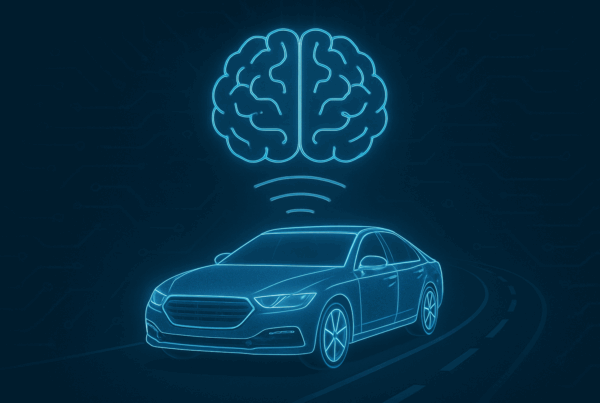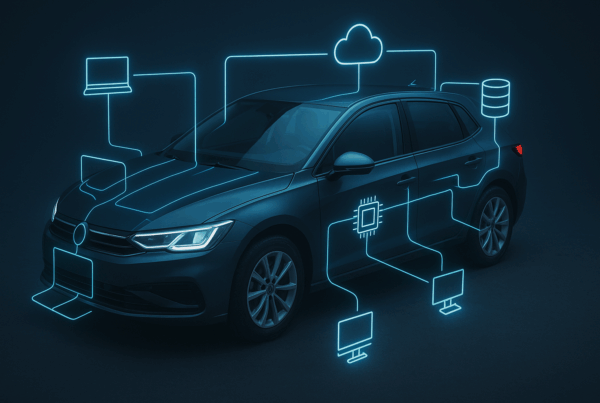ISO 8800: A New Era for AI Safety in Vehicles
The world of automotive safety is changing fast. With AI playing a bigger role in vehicles—think autonomous driving, advanced driver assistance systems (ADAS), and real-time decision-making—traditional safety standards are being pushed to their limits. Enter ISO 8800, a brand-new standard designed specifically to tackle the safety challenges of AI-driven systems.
So, what is ISO 8800, and how does it fit in with existing safety standards like ISO 26262 (functional safety) and ISO 21448 (SOTIF – Safety of the Intended Functionality)?
What is ISO 8800?
Released in late 2024, ISO/PAS 8800: Road Vehicles – Safety and Artificial Intelligence is all about making sure AI-based vehicle systems are safe, reliable, and predictable. AI doesn’t behave like traditional software—it learns, adapts, and sometimes makes unexpected decisions. That’s why this new standard focuses on:
- Setting clear safety requirements for AI systems
- Ensuring high-quality, bias-free data for training AI models
- Building safety mechanisms to control unpredictable AI behaviour
- Defining better verification & validation methods for AI-driven systems
Essentially, ISO 8800 acts as a bridge between AI technology and the strict safety requirements that vehicles must meet.
How Does ISO 8800 Affect ISO 26262 and ISO 21448?
As I explored in my last article, before AI entered the picture, ISO 26262 and ISO 21448 were the go-to standards for vehicle safety:
- ISO 26262 is all about functional safety, ensuring electronic and electrical systems don’t fail in ways that could cause harm.
- ISO 21448 (SOTIF) covers performance limitations and misuse scenarios, making sure systems work safely even when no actual faults occur.
Now, with AI in the mix, things get more complicated. Unlike traditional software, AI isn’t always 100% predictable, so existing safety methods needed an upgrade. That’s where ISO 8800 comes in.
Here’s how it changes the game:
- Expanding the Safety Lifecycle
- AI systems need their own specialized safety lifecycle, covering everything from design and training to real-world operation. ISO 8800 extends the structured approach of ISO 26262 to account for AI’s unique challenges.
- Handling AI’s Functional Limitations
- ISO 21448 helps catch non-fault-based risks, but AI introduces new types of failures, like biased decision-making or overfitting. ISO 8800 provides extra methods to detect, assess, and reduce these risks.
- Ensuring Data Quality & Reliability
- AI’s performance depends heavily on the quality of the data it learns from. ISO 8800 pushes for better data governance, ensuring AI models are trained on accurate, diverse, and representative datasets.
- Stronger Safety Assurance for AI Systems
- AI’s decision-making is more complex than traditional rule-based software, which means we need new ways to prove it’s safe. ISO 8800 introduces AI-specific validation techniques, making sure safety claims are backed by solid evidence.
Why ISO 8800 Matters
With AI taking the wheel—literally—the automotive industry needs stronger safety guardrails. ISO 8800 isn’t just a patch to existing standards; it’s a major step forward, ensuring AI-powered vehicles operate safely, predictably, and fairly.
By working alongside ISO 26262 and ISO 21448, this new standard helps manufacturers, engineers, and regulators create a future where AI-driven cars are as safe as—or even safer than—human-driven ones.
The road ahead is still being paved, but one thing is clear: with ISO 8800 in place, AI-powered vehicles have a much stronger safety framework guiding their development.
If you are interested in making a move in the Functional Safety Industry or are looking for an expert to join your team, then please reach out to Dan at dcourtney@akkar.com






